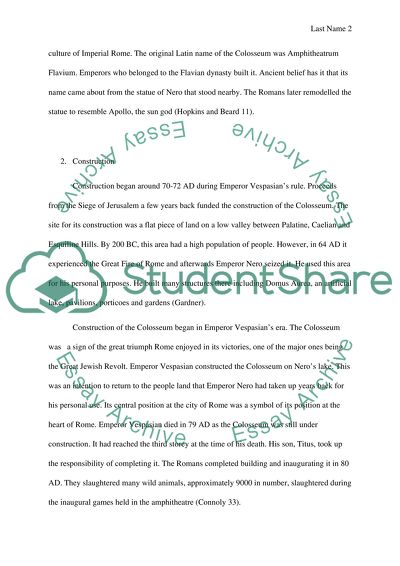Cite this document
(“Roman Colosseum Essay Example | Topics and Well Written Essays - 1250 words”, n.d.)
Retrieved from https://studentshare.org/architecture/1491167-roman-colosseum
Retrieved from https://studentshare.org/architecture/1491167-roman-colosseum
(Roman Colosseum Essay Example | Topics and Well Written Essays - 1250 Words)
https://studentshare.org/architecture/1491167-roman-colosseum.
https://studentshare.org/architecture/1491167-roman-colosseum.
“Roman Colosseum Essay Example | Topics and Well Written Essays - 1250 Words”, n.d. https://studentshare.org/architecture/1491167-roman-colosseum.


